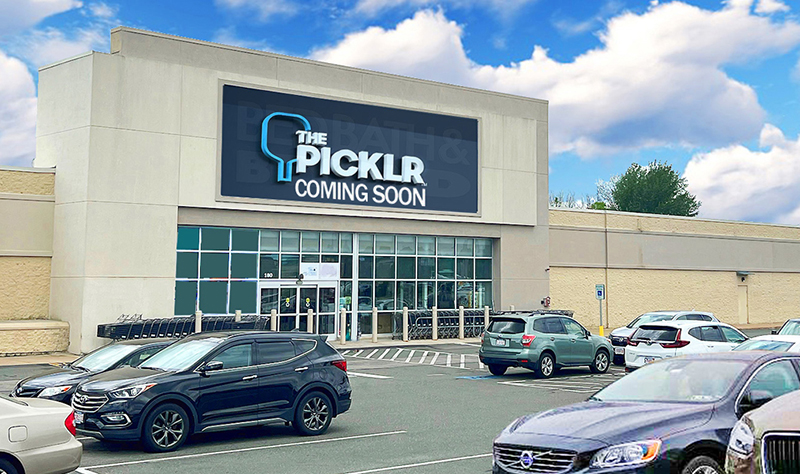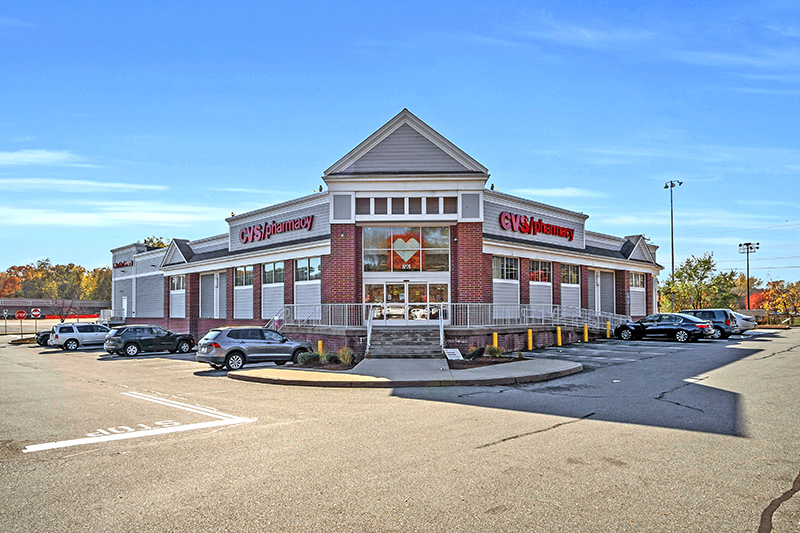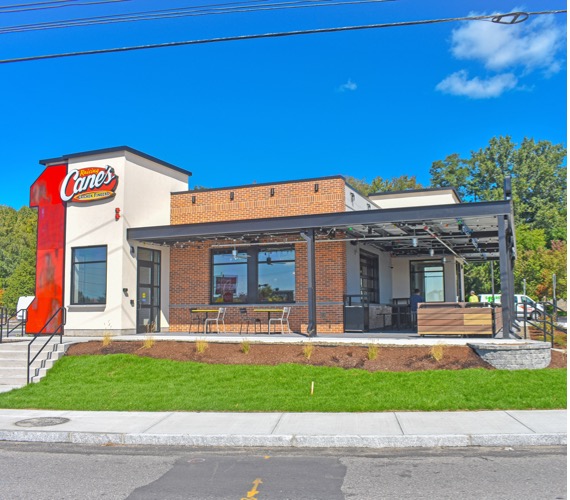Managing complexity: How design adds value to your existing property - by Chris Bauer
 Chris Bauer, Ci Design, inc.
Chris Bauer, Ci Design, inc.Are retail real estate projects simple today? Not really. Architects and designers increasingly are asked to reimagine existing properties, to find ways to position new tenants into existing spaces, and even to maximize the ultimate density within existing projects.
At Ci Design inc., we’re doing all the above at three very different types of retail centers in three different East Coast locations. We were asked to redesign and reconfigure big box spaces at the open-air Garden City Center in Cranston, R.I. At Ellsworth Place in Silver Spring, Md., we repositioned an outdated urban mall into a haven for new stores, dining and entertainment, while preserving a landmark façade. At Metropica, we’re master-planning an entire mixed-use district in Sunrise, Fla. Each shows that for creative design to maximize the value of the property, we must manage a tremendous number of complexities.
Boasting solid demographics and in-demand tenants including Loft, Williams-Sonoma, Anthropologie and Lululemon in its village lifestyle section, Garden City Center was faced with vacant big-box anchors, dated architecture and nearby competition. To keep attracting its educated, affluent population, developer/property manager The Wilder Companies knew that the project needed a unifying retail strategy.
The multi-year repositioning plan included the creation of a retail link from the Village to the Commons, including wide landscaped sidewalks, trellised pedestrian connectors for cross-shopping opportunities and additional GLA. Because the center had to remain open throughout, we employed a detailed plan of expansion and façade work that accommodated pedestrian as well as vehicular circulation. We linked the former commons area with an additional 15,000 s/f of space, while resigning the parking and landscaping around the iconic gazebo. New facades rejuvenated the former big box spaces converted into specialty shops including Sephora and Container Store.
Careful planning minimized disruption to shoppers, and allowed for the best possible tenant mix as a power center became the dominant lifestyle center in the state. We continue work on the center to create new individual storefronts and to accommodate new tenants throughout. Overall it is about creating value for the owners and tenants, and creating a new destination for the community.
Ellsworth Place provided a similar challenge for Ci Design, but in a different configuration. City Place Mall was a pioneering urban mall in the Washington, D.C., area when it was developed in 1992, yet it did not benefit from the renewal of downtown Silver Spring. The project was reacquired by a partnership that includes its original developer, Walt Petrie and Rockwood Capital, who asked us to reimagine the center for the 21st century. The decision was made to turn the inward-facing mall inside out, minimize small shop space and create a complex of big box users that would be accessible from multiple levels. The challenges were that the renamed Ellsworth Place is a vertical center in a thriving downtown district, and that we would have to accommodate an historic Art Deco exterior.
After negotiating with the Historic Preservation Commission, we installed two jumbotron screens, added new entrances and signage, and creatively installed escalators that would feed directly from the street to access the center’s five levels. We also reinforced the infrastructure to allow future office space. Now complete, Ellsworth has been a tremendous success, with a lineup including TJMaxx, Ross, Dave & Busters, Michael’s, Marshalls and Burlington.
“Ci Design was able to work through the technical complexities of a landmarked historic building façade, a vacant movie theater space, and the need to preserve the capability of developing the air rights above the center. Credit goes to ci and their team of professionals who were able to solve the problem of creating direct access to multiple levels of the center from street level,” said Larry Mango, director and asset manager at Rockwood Capital. “The work that ci did helped us to modernize the retail center and make it competitive in the marketplace, which ultimately enabled us to successfully achieve our leasing goals.”
At Metropica, now under construction, ci’s master plan and design for the commercial space entails placing 4 million s/f of retail, residential units, office space, hotel space, parking, a central park and transit station on just 65 acres located near the existing Sawgrass Mills mall and BB&T arena, and a future American Express corporate park.
Design was critical to create what will be a self-contained district that will link to most of southern Florida through public transit. Ground-level retail and a multitude of dining and entertainment options will connect the various uses even as they recreate the contemporary feel of New York, Barcelona, Sao Paulo and Paris. Landscaping, courtyards, walking and bike trails will create social interaction – and excitement found in all great urban areas. By cleverly integrating uses vertically and at ground level to maximize a comparatively small area, Metropica follows in the footsteps of Garden City Center and Ellsworth Place, becoming the ultimate expression of creating value through design.
Chris Bauer, Assoc. AIA, APA, is principal of Ci Design, inc., Boston, Mass.
Mace of KeyPoint Partners negotiates 36,192 s/f lease for The Picklr at Endicott Square
Danvers, MA KeyPoint Partners (KPP) negotiated a lease with the nation’s premier indoor pickleball venue The Picklr at Endicott Sq. Vice president of retail brokerage Don Mace negotiated the transaction on behalf of the landlord.





.jpg)


.png)